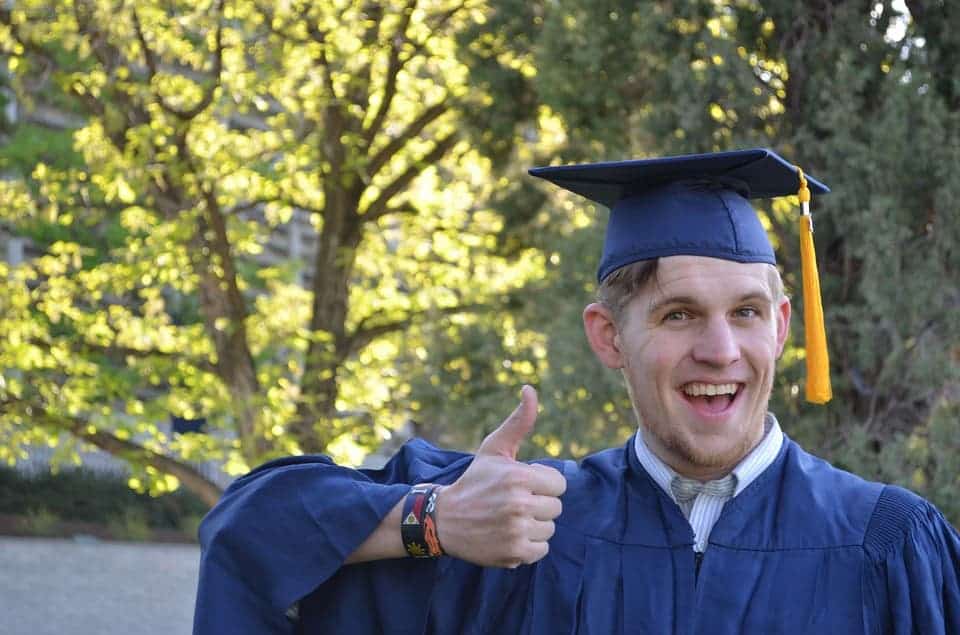Georgia State University, Atlanta, has released the results of its automated warning system for students who struggle with their classes. And so far, the data is more than encouraging.

It’s easy to get overwhelmed as a student. In between the optimism of youth and their lack of experience, they rarely ask academic advisors for help when they need it. I should know, because I never do it, either. With this in mind, GSU has pioneered an advance warning system that tracks their progress and attempts to nip their hardships in the bud.
“They’re either the high-achievers who don’t need much help, or students who are already failing out of their classes,” says Allison Calhoun-Brown, a political scientist who oversees advising at Georgia State University (GSU) in Atlanta.
“What we need is an early warning system,” she adds.
Early alert
Such a system should identify which students need help long before the problem becomes apparent. GSU’s faculty showed that their system is on the right track. At the annual meeting of AAAS on Sunday, the University’s vice provost Timothy Renick discussed the system’s results.
“We’ve done over 200,000 interventions,” he said.
Each intervention took place between GSU advisors and undergraduate students who were flagged by the system as requiring help. The analysis is fully handled by the computer algorithm, without any human input. In the majority of cases, the warnings were based on subtle signs which neither the faculty nor the students themselves would notice — such as getting a B- rather than a B+ on a particular course.
Being flagged by the system in and of itself doesn’t impact the student’s progress in any way — as GSU puts it, it’s “not a grade and is not reported in the student’s academic record.” What it does is give the students a chance to improve on their weak points before they can put a dent on their achievements by the end of the semester.
Students who seemed to be dropping the ball on one course were sent an email detailing university resources that could help them succeed. Those whose progress followed this pattern in two or more courses the advisers invited to discuss and understand what was pulling them down.
“Sometimes the student has just chosen the wrong courses or taken on too much at once,” says Calhoun-Brown. “Or sometimes we found that they needed extra help with writing or math skills. Some needed help with time management.”
Closing the gap

Image credits Accesstocompletion.
GSU’s system is effective because it has a lot of data to work with. By drawing “2.5 million grades and 140,000 student records”, the system can find subtle statistical cues that a student is heading for academic success or struggling to pass a course. It has identified over 800 combinations of indicators — for example difficulties in following a course that formed the basis for later ones in the degree — that are strongly correlated with an undergraduate’s risk of graduating late or dropping out of school altogether.
“At large public universities that aren’t particularly well-resourced, like Georgia State, [students] typically haven’t gotten that kind of attention. We’re finding that the change to give them that kind of support is making a big, big difference,” Renick said. “But the reality is that, even with the best intentions, Georgia State couldn’t have done this five or six years ago. We need the big data and the analytics platforms to allow us to do this.”
“The biggest misconception out there is that this completion agenda is a move toward dumbing down higher education so more students can graduate. And I think it’s the opposite,” he said. “It’s providing, for the first time, the opportunity for at-risk students to do real college work and succeed in areas where, perhaps, they didn’t have the chance in the past.”
And so far, it’s been really successful. Before its implementation four years ago, GSU had similar achievement gaps to other universities with low-income students — with “at risk” students having roughly 10% lower graduation rates. Now, there is “no achievement gap” Calhoun-Brown added. The University has risen its overall graduation rates by 22% during this time. Faculty members also noted that the number of African American students who graduate with science-related degrees has doubled over this period.
These results come down to better student retention not changes to the courses or student body, Renick says. By encouraging and helping students to work through their difficulties, the university ensures higher rates of graduation for traditionally at-risk students and more difficult courses.
“Over the same years that we were seeing these huge increases in STEM graduates, we only increased the size of our admitted freshman and transfer classes by about 4%,” he explained.
Other universities have also shown interest in the system, with 11 US institutions preparing to launch trials on their own campuses. Some South African universities have also expressed interest in adopting similar systems, to help them tackle their own racial achievement gaps — some of the largest in the world.






